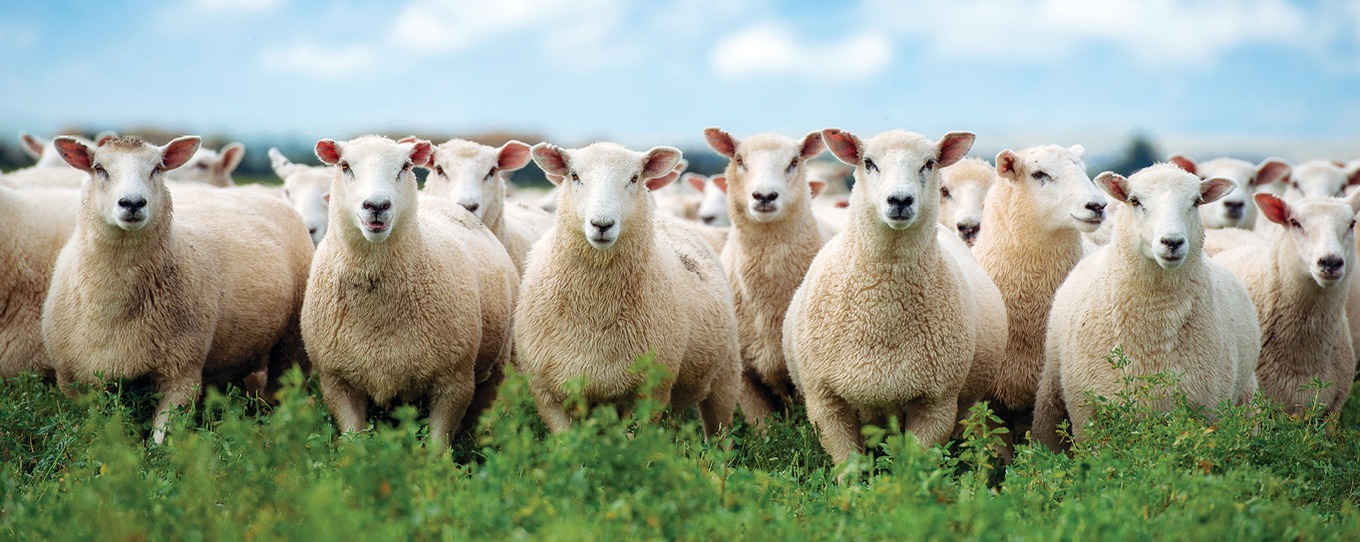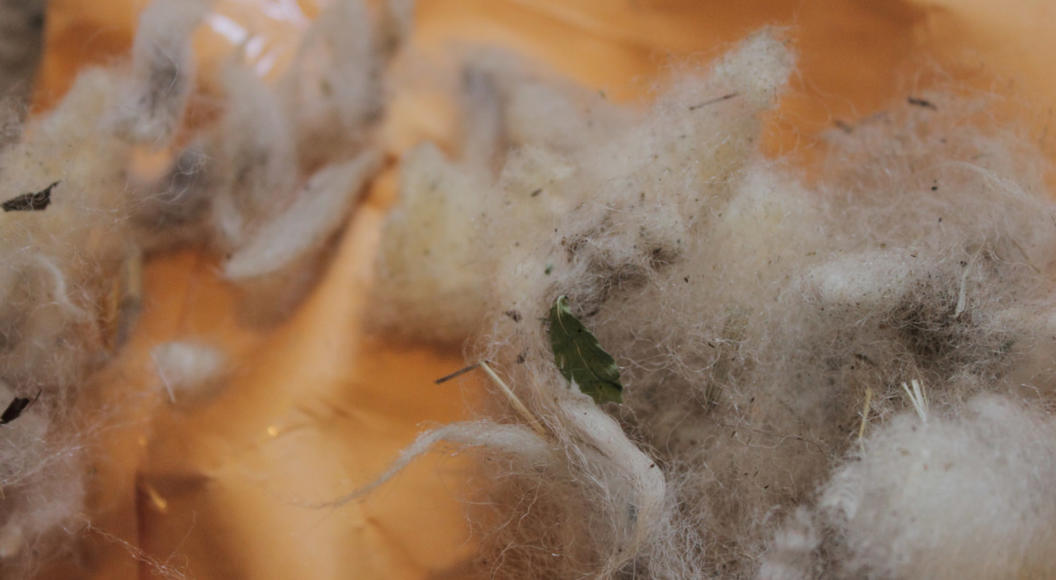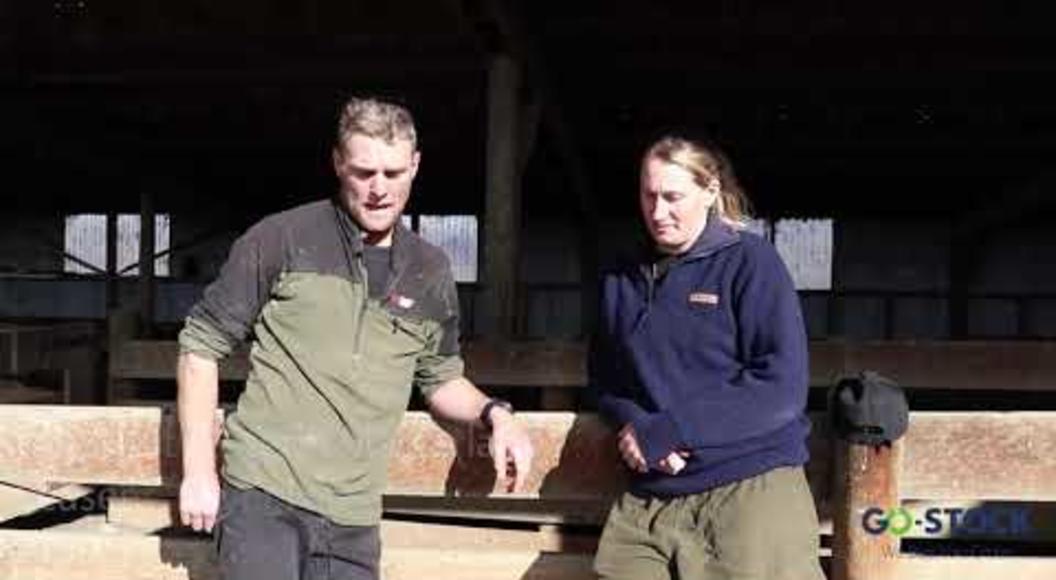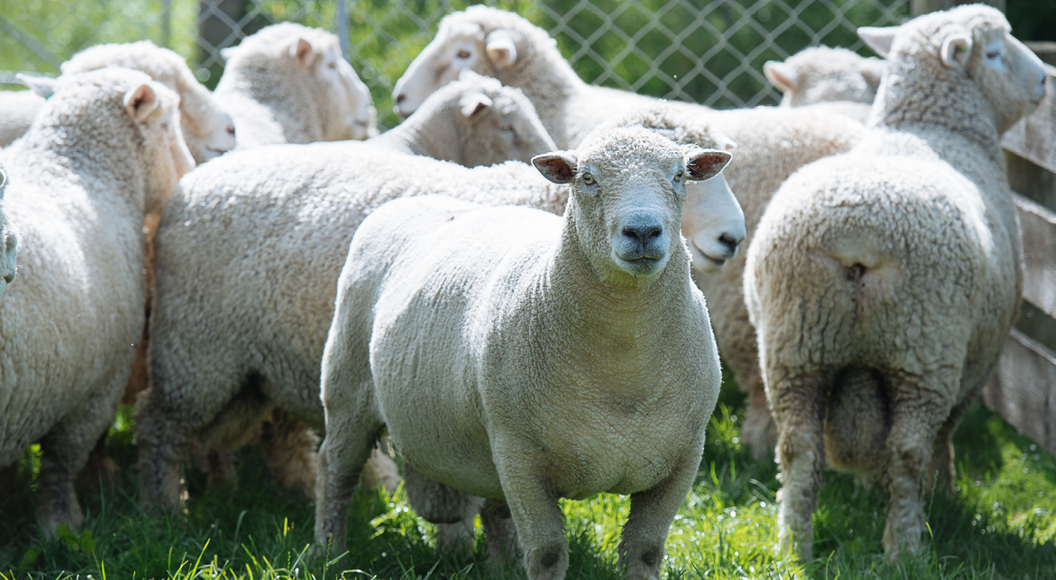
Managing Drench Resistance
Blanket use of long-acting drenches on sheep farms can hasten the development of drench resistance. Here are some considerations to help protect the effectiveness of these products.
Primer drenching
This is administering an effective drench which removes the resident susceptible worm population at the time of capsule administration. The drench capsule may take 28 days to remove the current susceptible worm burden, so the primer drench may be beneficial if a high worm burden is present. This is of particular importance in younger sheep. When using a long-acting drench injection containing moxidectin at pre-lamb, then Nilvax® can be used to provide a combination drench.
Refugia management
Refugia is having eggs from drench susceptible worms being passed in the faeces from untreated sheep in every mob of treated sheep. This significantly helps reduce the speed of development of drench resistance. There is no single, simple or absolute way to provide refugia. Each farm situation is different, so knowledge of the individual farm parasite plan is vital.
The refugia animals need to be passing susceptible eggs in the faeces that develop to infective larva and are eaten by a sheep. The immune system in mature ewes may be hindering the egg output of female parasites more so than in two-tooth ewes, so this needs to be taken into account. In a situation where leaving 15 percent of two-tooths untreated to provide effective refugia, 30 percent or more of mature ewes may have to be untreated to give a similar effect. Faecal egg count monitoring of sheep prior to drenching can help determine this. If many of the egg counts are low or zero, then more animals need to be left untreated than in a mob with consistently higher counts.
Undrenched lambs may not be providing significant refugia if they are also ingesting resistant infective larva from the treated ewes. Each paddock needs refugia management, so ideally there are untreated sheep in every mob of treated ewes.
Monitoring
A Faecal Egg Count (FEC) of treated ewes at docking can help to determine the effectiveness of the long-acting drench on your farm. Unfortunately, a zero FEC does not mean that there are no adult worms resident in the sheep, as adult parasites can be present but laying few eggs. The presence of eggs in multiple samples is more of a concern, indicating the spread of drench resistance. A follow up drench efficacy test should be conducted to determine if it is due to drench resistance.
Exit drenching
This is the use of an effective combination anthelmintic at the end of the persistent activity period in both the treated sheep and their lambs. An exit drench removes parasites that have survived the capsule or long-acting injection. This allows the ewe’s gut to be repopulated with infective larva from pasture, reinforcing the need for good refugia management. If an exit drench is not used to remove resistant worms in the sheep, there may be continued spread of these resistant genetics around the farm.
As each situation is different, it is important to have a plan for your farm. For advice around drenching and refugia management, contact your local PGG Wrightson Technical Field Representative.
Sponsored by MSD Animal Health


